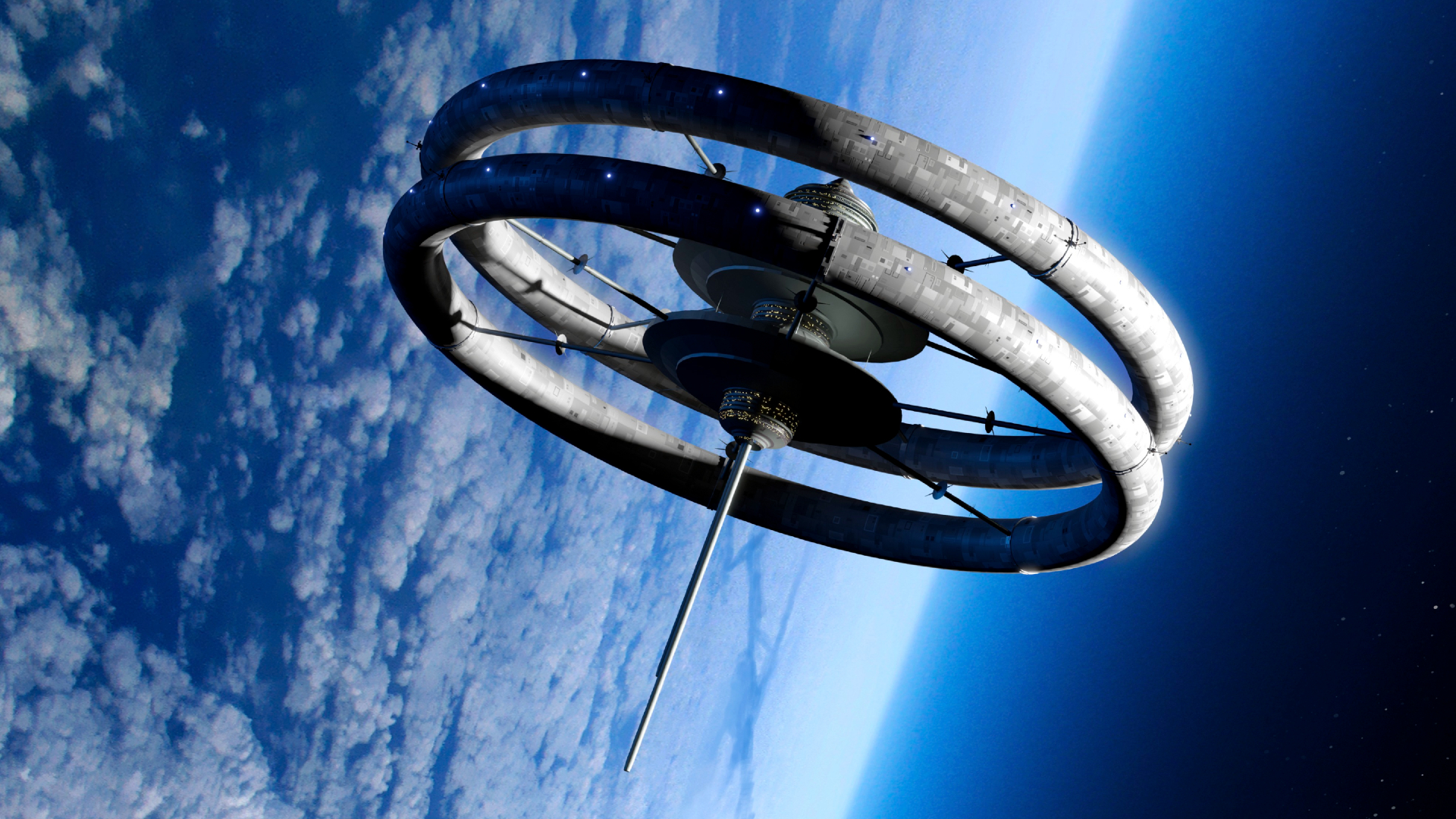Europe's Solar Orbiter is headed for a holiday flyby of Venus
'Tis the season for a planetary flyby.

Solar Orbiter won't be home for the holiday, but at least it has Venus. The spacecraft will tackle an important milestone as its operators and scientists on Earth mark the holiday season.
Solar Orbiter, a joint project of the European Space Agency (ESA) and NASA, launched in February on a mission to capture the best-ever images of our sun, including its elusive poles. But getting close to the star at the heart of our solar system is a difficult endeavor, so the spacecraft needs to slalom around a few planets to set its course properly. The first of those flybys, which visits Venus, will occur on Dec. 27.
"Just as the majority of us will remain safely at home under various COVID-19 pandemic lockdown measures during what is traditionally a holiday period, the flyby — a routine event in the world of flying spacecraft — will also be monitored by the spacecraft operations managers remotely as well," ESA personnel wrote in a statement.
Related: Solar Orbiter in photos: The US-European mission to explore the sun's poles
Solar Orbiter's closest approach this month will bring the spacecraft about 4,700 miles (7,500 kilometers) above Venus' atmosphere; later similar passages will bring the spacecraft much closer, as it maneuvers closer to the sun.
In addition to dragging the spacecraft in toward the sun, the flybys are also coordinated to pull Solar Orbiter at a tilt out of the ecliptic plane, which holds the sun and the planets. It's this tilt that will let the spacecraft peer at the sun's poorly studied poles.
During the flyby, the spacecraft must continue pointing toward the sun, so the telescopes on Solar Orbiter won't be able to snap images of Venus. However, a subset of the instruments that analyze the immediate environment of the spacecraft will be at work.
Breaking space news, the latest updates on rocket launches, skywatching events and more!
Email Meghan Bartels at mbartels@space.com or follow her on Twitter @meghanbartels. Follow us on Twitter @Spacedotcom and on Facebook.

Meghan is a senior writer at Space.com and has more than five years' experience as a science journalist based in New York City. She joined Space.com in July 2018, with previous writing published in outlets including Newsweek and Audubon. Meghan earned an MA in science journalism from New York University and a BA in classics from Georgetown University, and in her free time she enjoys reading and visiting museums. Follow her on Twitter at @meghanbartels.
